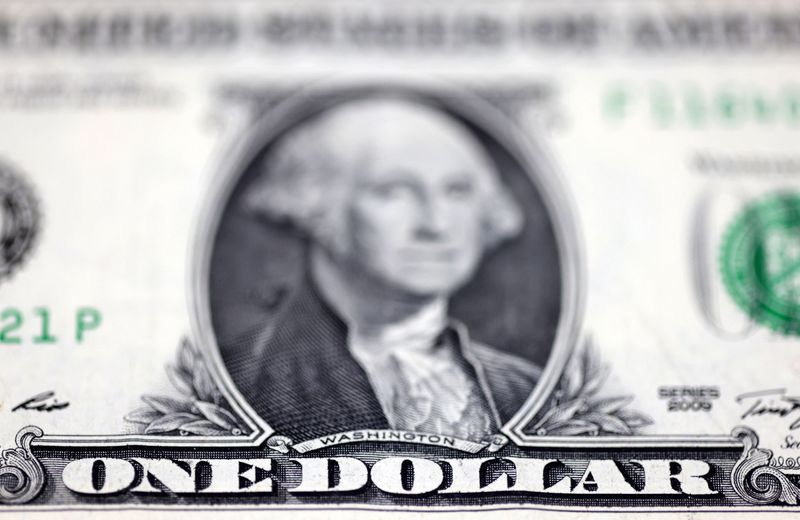Forex
Asia FX sinks as dollar surges to 3-week high after SNB rate cut

© Reuters
Investing.com– Most Asian currencies fell sharply on Friday, coming under pressure from a rebound in the dollar as an unexpected interest rate cut by the Swiss National Bank pushed currency traders squarely into the greenback.
The dollar surged to a three-week high in Asian trade, extending a strong rebound from Thursday as the saw traders largely look past signals on interest rate cuts from the Federal Reserve.
Dollar strong at 3-week high as SNB cut overshadows Fed outlook
The and rose 0.8% and 0.2%, respectively in Asian trade on Thursday. Outsized gains in the dollar index signaled more immediate demand for the greenback.
Both dollar indicators surged on Thursday after the SNB unexpectedly cut interest rates, becoming the first major central bank to do so after an extended hiking cycle in the wake of the COVID-19 pandemic.
This left the dollar as the only low-risk, high-yielding currency in the interim. The greenback also benefited from a dovish outlook from the Bank of England on Thursday, which saw traders dump the in favor of the dollar.
A positive outlook for the U.S. economy also favored flows into the dollar. The Fed sharply upgraded its outlook for growth in 2024.
While the central bank is , its relative hawkishness, in comparison to other central banks, is expected to benefit the dollar.
USDCNY weakens past 7.2, PBOC seen intervening
The Chinese yuan was among the worst hit by a stronger dollar, with the possibility of more interest rate cuts by the People’s Bank of China also adding to pressure.
The pair shot up 0.4% on Friday, crossing the 7.2 level for the first time since November 2023. Reports said that the PBOC was selling dollars and buying yuan from the open market to support the Chinese currency.
Losses in the yuan came as top PBOC officials signaled that they still had more headroom to cut the bank’s , which will unlock more liquidity in the economy. But such a move bodes poorly for the yuan.
USDJPY reverses post-BOJ fall, back above 151
The Japanese yen was flat on Friday, but was nursing steep overnight losses as the pair reversed most declines made after the Bank of Japan hiked interest rates this week.
USDJPY hovered around 151.56- close to its highest level in four months.
But further weakness in the yen was stalled by strong data for February, which lent further credence to the BOJ’s recent policy pivot.
Broader Asian currencies fell on Friday. The Australian dollar’s pair slid 0.6%, while the South Korean won’s pair surged 0.4%.
The Singapore dollar’s pair rise 0.3%, while the Indian rupee’s pair moved further above 83 and closer to record-high territory.

 Forex3 years ago
Forex3 years agoForex Today: the dollar is gaining strength amid gloomy sentiment at the start of the Fed’s week

 Forex3 years ago
Forex3 years agoUnbiased review of Pocket Option broker

 Forex3 years ago
Forex3 years agoDollar to pound sterling exchange rate today: Pound plummeted to its lowest since 1985

 Forex3 years ago
Forex3 years agoHow is the Australian dollar doing today?

 Cryptocurrency3 years ago
Cryptocurrency3 years agoWhat happened in the crypto market – current events today

 World3 years ago
World3 years agoWhy are modern video games an art form?

 Commodities3 years ago
Commodities3 years agoCopper continues to fall in price on expectations of lower demand in China

 Economy3 years ago
Economy3 years agoCrude oil tankers double in price due to EU anti-Russian sanctions





















